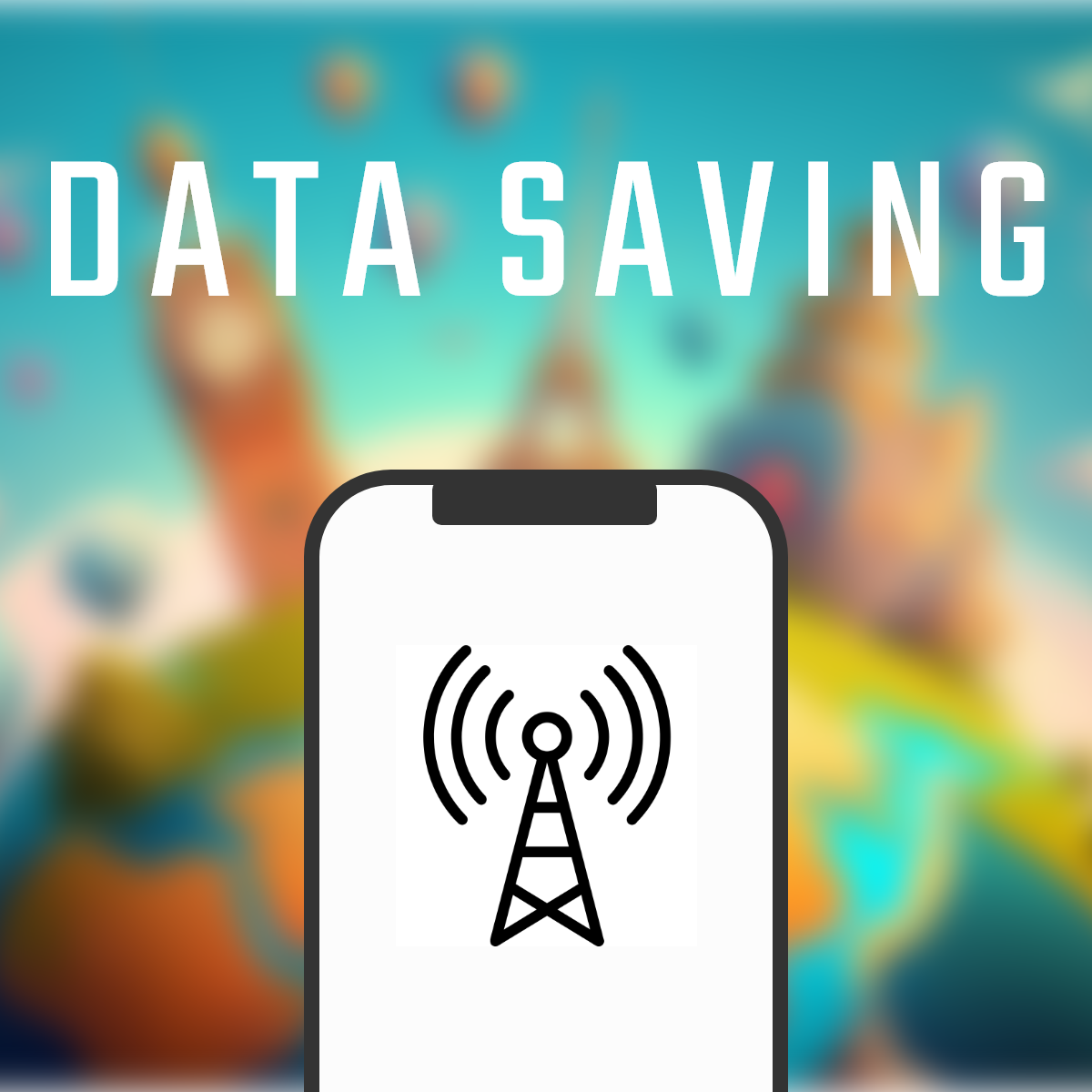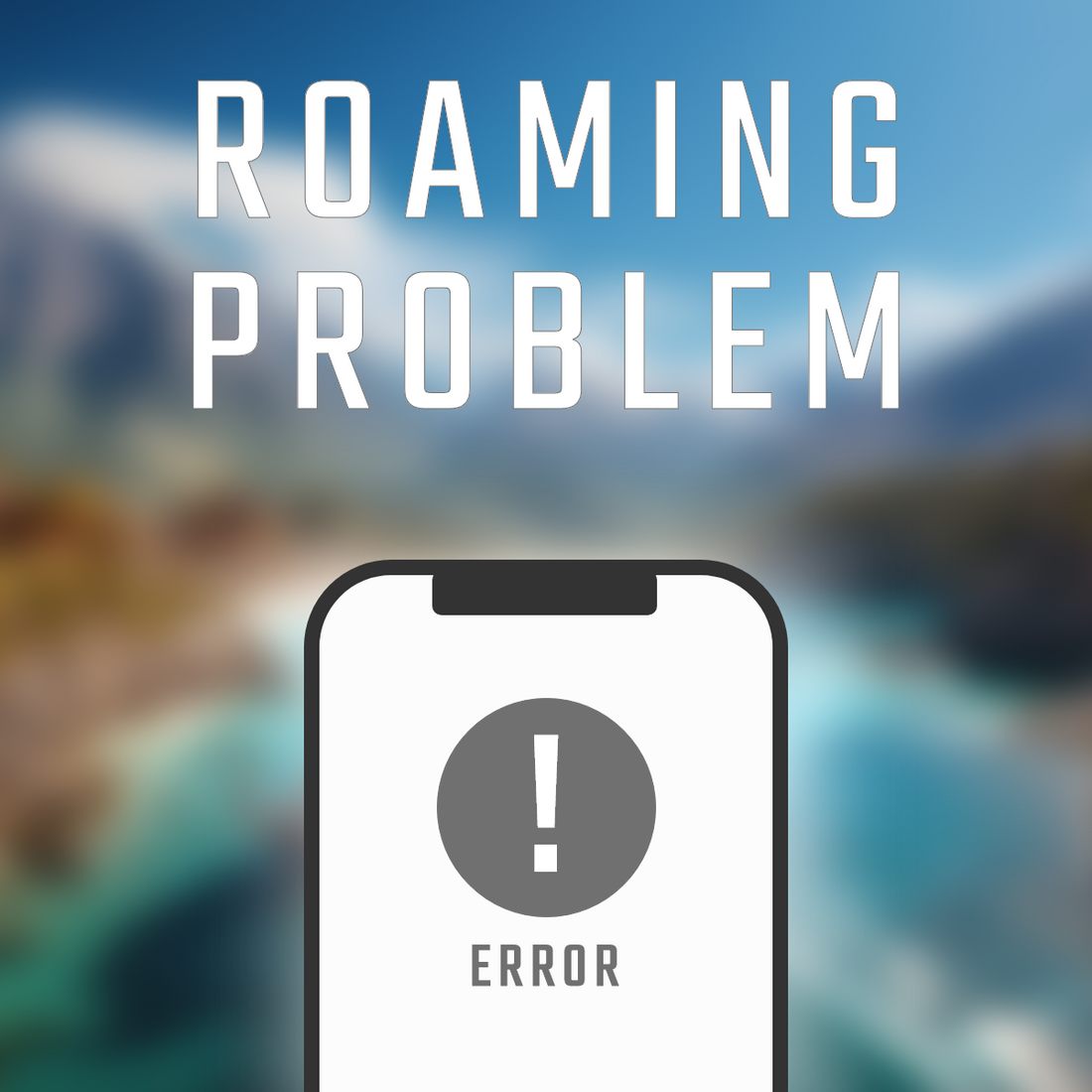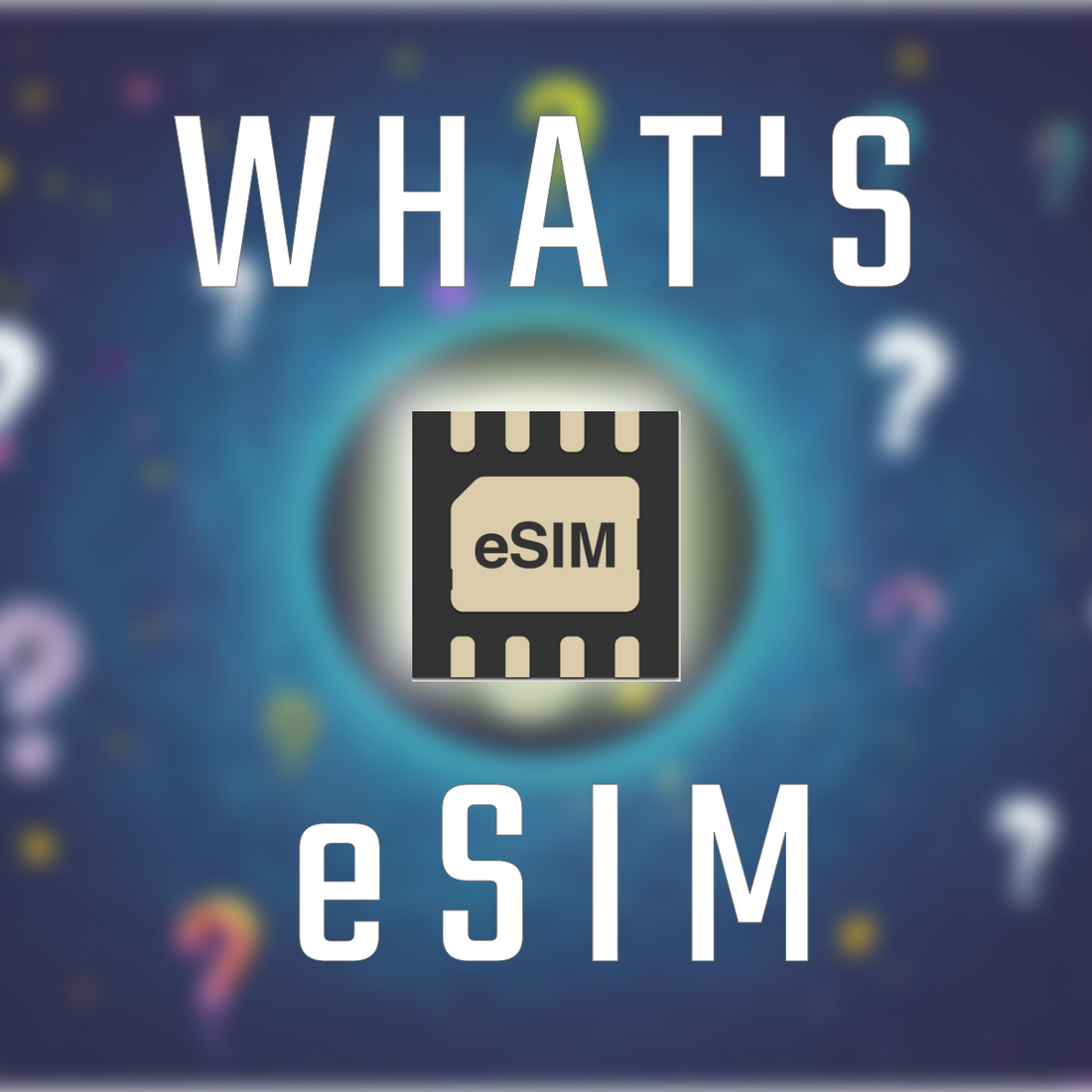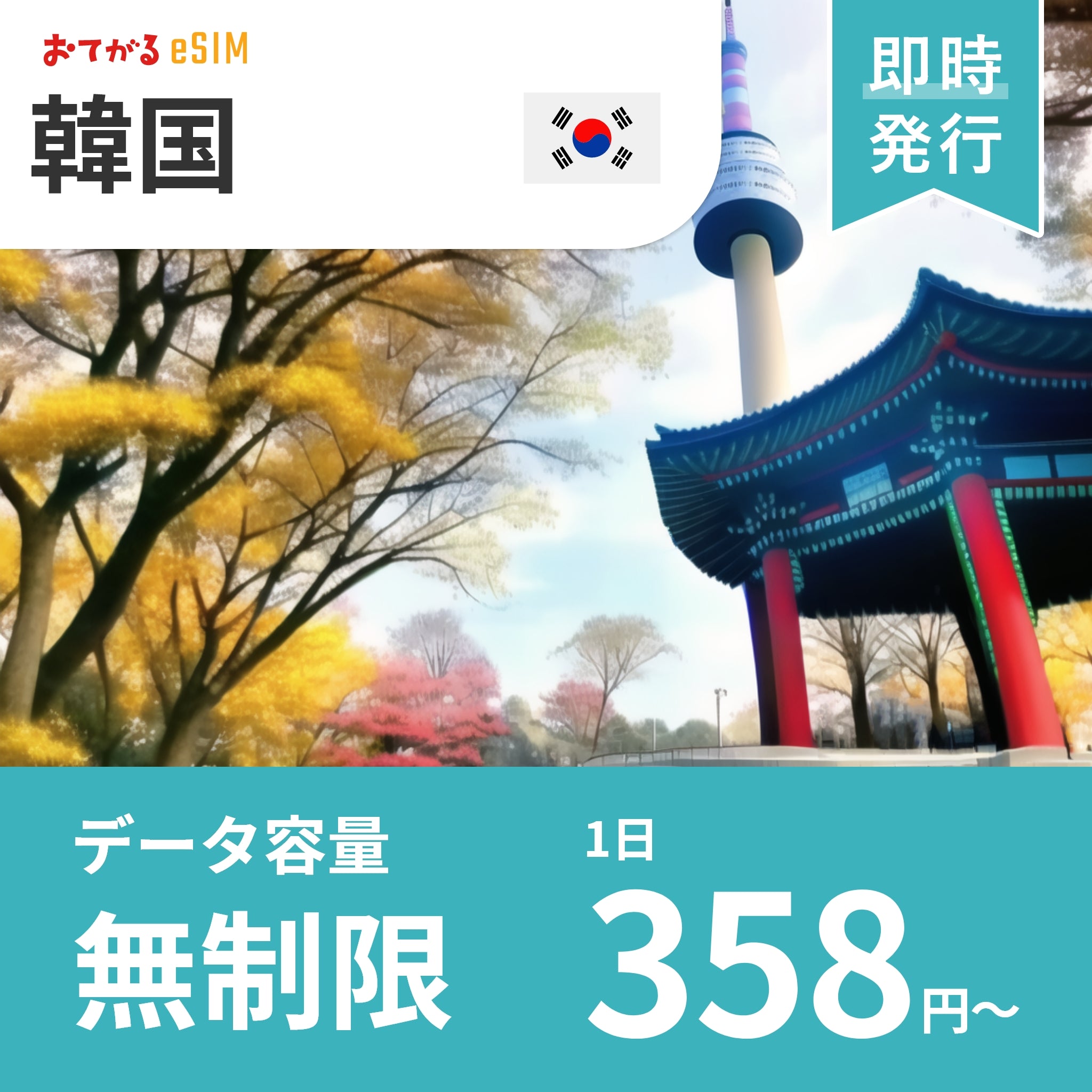
While saving data traffic
Tips for a comfortable stay abroad
Data communication is an essential part of modern international travel. It's used for using navigation and map apps, searching for local information, contacting family and friends, using translation tools, posting on social media, and saving data to the cloud. These are all essential tools for international travel, so you can see how important they are.
However, there are various issues such as high roaming charges, security concerns, and communication speed and quality.
In this article, we will introduce ways to save data and enjoy your trip comfortably.
Basic knowledge of data communications overseas
The difference between eSIM and traditional international roaming
International Roaming
International roaming allows you to use your current phone line without changing it. The advantage is that it is convenient because you can use it with your usual device and plan.
However, there is a major disadvantage to leaving your phone in international roaming mode: your data charges may become very high.
When using data communications overseas, higher-than-normal charges may be incurred, and in some cases the bill may exceed tens of thousands of yen.
eSIM
Prior activation and line changes are required, but the process can be completed online, so there's no need to go to a store, and you can easily start using it as soon as the same day.
While international roaming involves using Japanese networks overseas, eSIMs use local telecommunications companies, which means lower communication costs.
There are also various plans available, so you can choose the one that suits you best and reduce unnecessary communication and costs.
Estimated data usage
The consumption amounts for each main use are shown below.
| Usage scenarios | Data consumption (approximate) |
|---|---|
| Use Google Maps navigation | Approximately 5 to 10 MB per hour |
| Viewing social media (Instagram, X, etc.) | Approximately 30 to 100MB/hour |
| SNS post (with image) | Approximately 5-20MB per post |
| Web searches and site browsing | Approximately 20 to 50MB/hour |
| Messaging apps (such as LINE) | Approximately 1 to 5 MB per hour |
| LINE call (voice) | Approximately 20MB/hour |
| LINE Video Call | Approximately 200MB/hour |
| YouTube (low quality 144p-240p) | Approximately 100MB/hour |
| YouTube (medium quality 480p) | Approximately 300-500MB/hour |
| YouTube (High quality 720p-1080p) | Approximately 700MB~1.5GB/hour |
| Music streaming (Spotify, etc.) | Approximately 40-150MB/hour |
| Online games (light ones) | Approximately 30 to 100MB/hour |
| Video conferencing (Zoom, Meet, etc.) | Approximately 500MB to 1GB per hour |
| Cloud backup of photos and videos | 1 photo = approx. 3-5MB, 1 minute of video = approx. 60-100MB |
Basic principles for choosing data capacity
Calculate according to the number of days of travel
The general guideline is said to be around 200-500MB per day. If you watch a lot of videos, you may want to calculate a larger amount.
Consider your usage style
Specific examples are as follows:
- Mainly Google Maps, LINE, and search → Small amount OK (around 1GB)
- If you watch a lot of videos or post to social media, use medium capacity (3GB to 5GB).
- Video calls and large-capacity use available → Large capacity (10GB or more)
Free Wi-Fi availability
If your hotel or cafe has Wi-Fi, you can save money by using a smaller capacity. If you plan to use it outside all the time, we recommend a generous capacity.
If there is a surplus or shortage
Many eSIMs don't allow you to "additional purchases" or "carry over data," so it's best to buy a little more than you need. If you want a larger amount of data, we recommend an unlimited data plan so you can travel with peace of mind.
Preparing before you travel: The first step to saving data
Download in advance
By downloading downloadable content in advance, you can save on data consumption when you arrive at your destination.
Examples of content you can prepare include:
- Offline maps (Google Maps, etc.)
- Translation apps and language data (e.g. offline language packs)
- Transportation and booking apps and their data
- Travel document PDF
Some examples include:
Smartphone settings optimization
By optimizing your smartphone settings, you can not only reduce data usage, but also improve communication speed and reduce battery consumption.
Examples of optimization include:
- Background data communication restriction settings
- Set automatic updates to Wi-Fi only
- Cloud Sync Optimization Settings
- Enable Low Data Mode
Examples include:
Tips for saving data while traveling
How to spot safe public Wi-Fi
Basically, it's important not to trust public Wi-Fi too much.
However, it is possible to identify a relatively safe Wi-Fi network. Here are some things to look for:
Is a password set?
Wi-Fi networks with passwords, such as those found in hotels and cafes, are relatively safe. Completely free Wi-Fi networks are highly risky.
Is the source clear?
Make sure the Wi-Fi has a name that identifies the official name (official provider) of the airport, hotel, cafe, etc.
Can HTTPS communication be used?
Please only use sites whose URLs begin with "https://". We recommend that you do not enter personal information on sites that do not have a lock symbol.
Is the login screen requesting any suspicious information?
Wi-Fi that requires you to enter your email address or credit card number is dangerous and is not recommended as it could lead to the leakage of personal information.
Use a VPN
Even if you are using a secure Wi-Fi, you can prevent data theft by using a VPN.
Will there be ads?
Be careful if ads start appearing after you connect, as there is a risk of malicious redirects or viruses.
Data synchronization tasks that should be performed when connected to Wi-Fi
When connecting to Wi-Fi, you should do the following:
- Cloud backup of photos and videos
- Map app offline data updates
- Check for app and system updates
- Messages app history sync
- Syncing social media posts and drafts
- Streaming app library sync
It can reduce unstable communication and data consumption.
How to use VPN and points to note
Security measures when using public Wi-Fi
Using a VPN encrypts your communications, preventing your personal information and passwords from being leaked.
Services available within Japan
You can access Japanese video sites, banking services, and other services that cannot be accessed from overseas by selecting a Japanese server using a VPN.
Points to note
Communication speeds may be slower because the connection is via a VPN. Also, the VPN may not work for some apps. If you want to use local services comfortably, you will need to switch the setting from "Japan" to "Local."
Device-specific data saving settings guide
Advanced settings for iPhone
How to set data usage permissions for each app
- Open Settings
- Select "Mobile Communications" or "Mobile Data"
- Toggle the switch for each app
Steps to enable Low Data Mode
- Open the Settings app
- Tap "Mobile Data" or "Mobile Communications"
- Select the line you are using
- Turn on "Low Data Mode"
Optimized iCloud sync settings
The specific settings you need to make are as follows:
- Pause or limit photo syncing
- Restrict iCloud Drive sync settings
- Enable iCloud sync only for apps you need
- Limit automatic backups to Wi-Fi only
Advanced Settings for Android
How to set up Data Saver
- Open the Settings app
- Tap "Network and Internet" or "Connections"
- Select "Data Saver"
- Turn on "Use Data Saver"
Background data limit settings for each app
- Open Settings
- Tap "Network and Internet" or "Connections"
- Select "Mobile Network" or "Data Usage"
- Tap "App data usage" or "Data usage by app"
- Select the app you want to restrict
- Switch off Allow background data
How to set data usage warning and limit values
- Open Settings
- Tap "Network & Internet" > "SIM" or "Mobile Network"
- Turn on "Set data warning" and enter the amount of data you want to be warned about.
- Turn on "Set data limit" and enter the limit you want to automatically stop communication.
- If necessary, set the reset date (starting date of each month)
Data saving tips for different travel situations
Here are some examples of how you can save data in different scenarios:
How to use it in tourist spots
- Download tourist spot information in advance
- Separating photo taking and uploading
- Utilizing offline data from local information apps
How to use it in restaurants and cafes
- Use the menu translation app offline
- Pre-check review sites and save cache
- Reduce data usage for payment apps
How to use it while traveling
- Utilizing the offline features of transportation apps (downloading timetables, etc.)
- Entertainment preparation for long-distance travel (streaming storage)
- Pause location services when you don't need them
FAQ
Q: What should I do if my Wi-Fi connection is unstable?
A: There are several ways to fix this, such as turning your Wi-Fi off and then on, resetting the connection, or restarting your smartphone.
Q: How do I share photos and videos with my family?
A: You can share data by setting up the recipients you want to share with using cloud storage services such as iCloud, Google Drive, and DropBox. Please make use of these services.
Q: How can I reduce data usage while using map apps?
A: In addition to downloading maps in advance, you can also turn off real-time traffic information or use low-quality, low-data mode.
Q: What should I do if I suddenly need more data?
A: It is not possible to add data capacity or extend the period with Easy eSIM. Please purchase a new eSIM.
Please check as support varies depending on the company and plan.
summary
Save data and make your overseas trip more comfortable!
The key to using your smartphone safely and comfortably while traveling abroad is advance preparation plus a little ingenuity.
- Avoid expensive roaming charges with eSIM
- The key is to choose the capacity according to the number of days and how you will use it.
- Download maps, translations, and documents before you leave
- Prevent unnecessary communication with low data mode and app-specific restrictions
- When using Wi-Fi, remember to stay safe and use a VPN.
- Make sure you sign a contract with ample capacity in case of an emergency!
With a little ingenuity, you can enjoy a comfortable and safe overseas communication life!!




